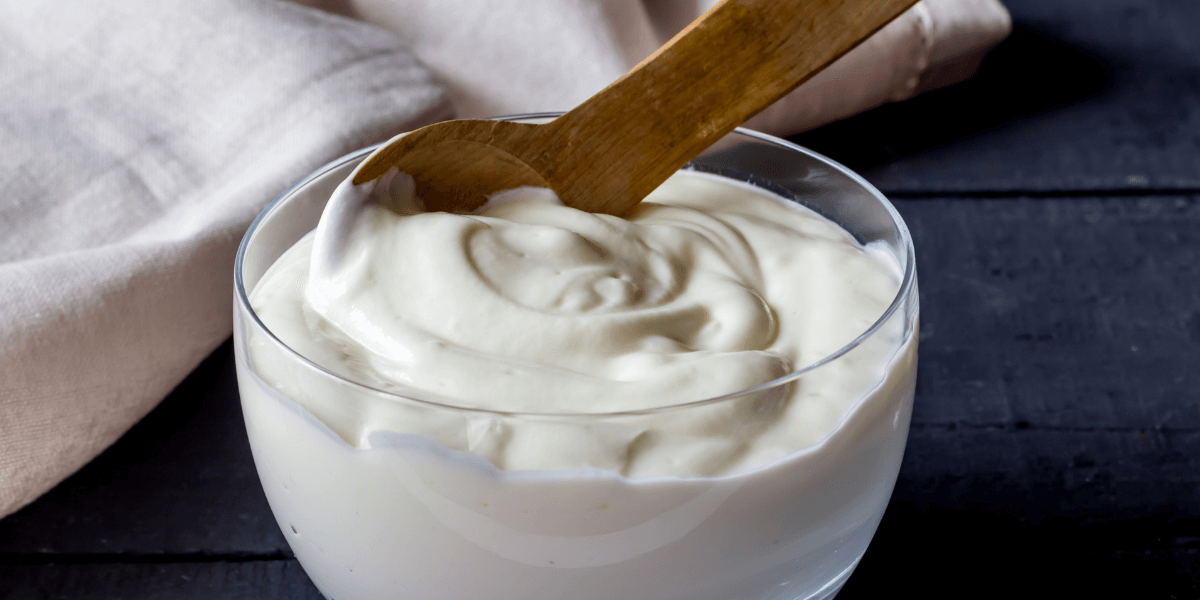Understanding what’s in our food has become necessary in an era of heightened health consciousness. One overlooked component is alcohol, which finds its way into various dishes, from savoury sauces to sweet desserts. Foods with alcohol are more common than you might think, and while the complex flavours they offer are lauded, it’s a myth that all alcohol used in cooking evaporates. Depending on the cooking method and duration, a certain percentage of alcohol may remain, which could be a concern for individuals averse to alcohol for personal, health, or religious reasons or those on certain medications.
The rise of conscious eating has brought the topic of foods with alcohol into sharper focus and the question of “how to know if food is safe.” This unexpected prevalence of alcohol in food underscores the importance of careful meal preparation, particularly for individuals who want or need to avoid alcohol. Knowing how to cook from scratch gives you more control over what goes into what you eat. Meal prep helps manage dietary needs and ensures that we know any hidden ingredients, such as alcohol, in our food.
As we navigate the world of food and its ingredients, we must remember that understanding what’s in our food, including alcohol, can significantly impact our health and lifestyle choices. So, as we explore the intriguing world of foods with alcohol, let’s also focus on learning how to ensure the food we consume is safe.
Table of Contents
Trivia About Foods Containing Alcohol
When we delve into the annals of culinary history, we find fascinating facts about foods with alcohol. The use of alcohol in food preparation is not a recent innovation; it dates back to ancient times when our ancestors started using fermented products in their dishes. For instance, the Romans used wine extensively in their cuisine, not just for drinking but also for cooking. Similarly, in the Middle Ages, beer was often a safer alternative to water for drinking and preparing meals.
These historical tidbits give us insight into the prevalence of foods with alcohol throughout history, helping to dispel some common misconceptions about alcohol content in food. One of these misconceptions is the belief that alcohol completely evaporates during cooking, leaving no trace in the final dish. However, this is not entirely accurate. The amount of alcohol in food depends on various factors, such as the cooking method, the cooking time, and the type of alcohol used.
For a detailed exploration of this topic, you might want to check out What Happens to Your Body When You Drink Beer? – Advantages and Disadvantages, which provides an in-depth analysis of how beer and other alcoholic beverages are used in cooking. As the article explains, alcohol’s role in food goes beyond imparting flavour; it also plays a vital part in the chemical reactions during cooking, affecting the texture and colour of the food.
Understanding these facts about foods with alcohol not only enriches our culinary knowledge but also aids us in determining how to know if food is safe. Awareness of the alcohol content in cooked dishes is particularly important for individuals who need to avoid alcohol, such as those with certain medical conditions, those taking specific medications, or those who abstain from alcohol for religious or personal reasons.
Foods with Alcohol
While we often associate alcohol with beverages or particular recipes, many everyday foods with alcohol might surprise you. It’s essential to recognize these items to understand how to know if food is safe, particularly for those with specific dietary restrictions or sensitivities to alcohol.
Here are some common foods and beverages that contain alcohol:
- Banana

According to a study cited by Abbeycare, a rehab clinic, a single banana can contain around 0.2% alcohol by volume (ABV). This percentage can double in ripe bananas, particularly those with spots, as the sugars in the fruit ferment naturally.
- Burger Bun

American-style burger rolls can contain up to 1.28% ABV, making them one of the highest alcohol content among everyday foods. It is due to the fermentation process that occurs when yeast is used in the baking process.
- Apple Juice

This commonly consumed juice can contain 0.026% ABV. A small amount of alcohol can be produced by the fermentation of natural sugars in apples during juicing.
- Orange Juice

Like apple juice, orange juice can contain up to 0.073% ABV. It results from natural fermentation that can occur as the juice is extracted and stored, even if it is refrigerated.
- Soy Sauce

Despite being a condiment, soy sauce can contain a significant amount of alcohol, with up to 2% ABV. The alcohol content in soy sauce is a byproduct of the fermentation process used to produce it, which involves both yeast and a mould called Aspergillus.
- Yoghurt

Certain yoghurts, like cherry yoghurt, can contain up to 0.02% ABV. The alcohol in yoghurt results from lactose fermentation by the beneficial bacteria that produce the yoghurt.
These percentages may appear insignificant, but they can add up, especially when consumed in large quantities or by people sensitive to alcohol. As Dr Duane Mellor of Birmingham’s Aston University pointed out, any fermented foods are likely to contain traces of alcohol due to the fermentation process.
Recognizing the presence of alcohol in such foods is a critical aspect of conscious eating. While most individuals will not be affected by these small amounts of alcohol, for those who need to avoid alcohol for medical, religious, or personal reasons, it’s essential to know these facts.
Tips on Food Safety and Alcohol Intake Moderation
In the culinary landscape, where foods with alcohol are ubiquitous, it’s crucial to know how to ensure food safety and moderate alcohol intake. Here are some actionable tips:
- Peruse Labels and Ingredient Lists
Ingredient lists on food packaging can be a treasure trove of information. Look out for words such as ‘wine’, ‘beer’, ‘brandy’, or even ‘vanilla extract’, all of which indicate the presence of alcohol.
- Inquire About Food Preparation
When eating out or enjoying a meal at a friend’s, don’t hesitate to ask about the ingredients and techniques used. Foods may contain alcohol even when not immediately apparent or stated on the menu.
- Know Your Cooking Techniques

Understanding cooking methods is vital to estimating the potential alcohol content in cooked foods. While heat can burn off the alcohol, the process is not 100% efficient, and some alcohol often remains, especially in quickly cooked or flambéed dishes.
- Seek Non-Alcoholic Substitutes
If a recipe calls for alcohol, consider using a non-alcoholic substitute. Many alternatives, such as broth or juice, can replace wine in recipes, and there are non-alcoholic versions of various beers and spirits.
- Monitor Your Consumption
Even if individual food items contain only small amounts of alcohol, the cumulative effect can add up, especially if you consume several such items in one day.
Armed with these tips, you’ll be better equipped to moderate your alcohol intake and ensure your food’s safety. Being informed about the potential alcohol content in your food helps you make conscious dietary choices that align with your health goals and lifestyle.
Uncovering the World of Foods with Alcohol
The journey through the diverse world of foods with alcohol has highlighted the importance of knowing what we consume. From bananas to burger buns and from apple juice to yoghurt, alcohol finds its way into many everyday foods, often in surprising ways. Understanding this is crucial to ensuring food is safe and suitable for our dietary needs.
As consumers, we must be vigilant about our food choices. Reading labels, asking about food preparation, understanding cooking methods, seeking alternatives, and monitoring consumption are all essential steps to moderate alcohol intake and ensure food safety. These steps not only help us navigate the world of foods with alcohol but also contribute to overall conscious eating and healthier lifestyles.
Let this journey remind us that knowledge is power – the more we know about our food, the better choices we can make for our health and well-being.

